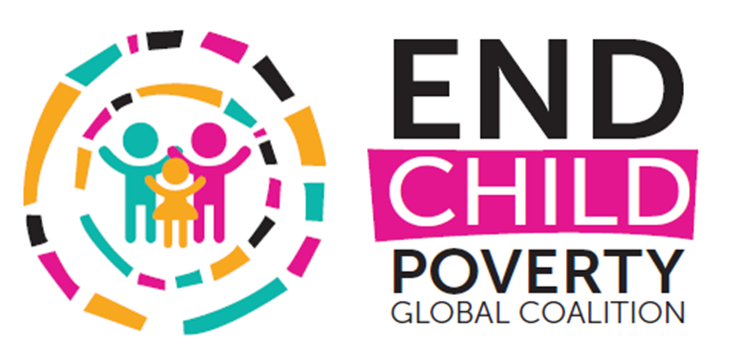By Enkhzul Altangerel
Nearly two thirds of children around the world are not covered by social protection, even though some 689 million live in poverty and deprivation, a report released by UNICEF and ILO earlier this year highlights.
Social protection covers the range of programmes and policies needed to shield children from the immediate and lifelong consequences of poverty – with proven impacts addressing malnutrition, a lack of clean water and poor-quality education.
Both the Convention on the Rights of the Child and the Universal Declaration of Human Rights recognize social protection as every child’s right. The Sustainable Development Goals call for a rapid expansion of social protection coverage to eliminate extreme poverty.
Still, the vast majority of children do not have access to social protection – with children in Africa and South Asia most likely to be excluded. Here are five more things you should know about social protection for children:
1. Children face a higher risk of poverty and vulnerability than adults.
Children face much higher odds of living in poverty than adults do. Half of people living in multidimensional poverty – measures of poverty and deprivation that go beyond income – are children.
Multidimensional poverty robs children of the things they need most for survival and development – including nutrition, health, shelter, water and education.
Because investing in children helps build human capital and promote prosperity, addressing child poverty is not only an urgent moral imperative: It’s a smart economic choice. Yet, most children do not have access to social protection services.
2. Only 35 per cent of children worldwide have social protection coverage.
While the past few years have seen remarkable growth in some forms of social protection, like cash transfer programmes, the number of children who benefit from these programmes remains low. Nearly two thirds of children around the globe do not have access to the programmes and policies needed to reduce and eliminate the effects of poverty.
Coverage rates vary significantly across regions. In high-income countries, more than 9 out of 10 children receive benefits. In Africa, only 16 per cent of all children are covered by social protection.
3. Cash benefits make a difference.
Worldwide, child and family cash benefits are often a crucial form of social protection for children. Multiple studies show the positive effect of cash benefits on food security, the uptake of health services, immunization coverage and school enrolment and attendance.
In Nepal, for example, small cash payments are making a real difference in children’s lives by helping vulnerable families buy food and clothes for their children. In Kenya, cash transfer programmes are reducing early pregnancy and helping adolescent girls stay in school.
But the needs of children and families are complex, and cash alone is not always sufficient to solve them. Some countries are adopting “cash plus” programmes, which open the door to additional services, like educational training, maternal and child healthcare, psycho-social counselling and nutrition awareness programmes. By linking families to critical information and services, “cash plus” programmes can have a powerful impact on children’s well-being.
4. Twenty-one countries provide cash benefits to every child.
Today, 108 countries have legislated child and family benefits. Of these countries, 21 provide universal cash benefits – a type given to all families, regardless of income level or other qualifying features – to relieve the cost of raising children. Universal benefits help ensure all children, especially those most in need, gain access to social protection.
Without the barriers that prevent children from receiving coverage in targeted programmes – like complex application and selection processes, and the tendency of families to move in and out of poverty – universal benefits reduce the risk of exclusion.
5. On average, countries spend 1.1 per cent of their gross domestic product on child benefits.
Protecting children from poverty requires sufficient resource allocations. Countries today spend 1.1 per cent of their gross domestic product on child benefits. But to fulfill children’s right to social protection, reduce poverty and advance development, investments in social protection must be scaled up.
Governments around the world, including in low- and middle-income countries, have already shown that financing social protection is possible. Mongolia and Zambia, for example, have used taxes on mining and gas to fund child benefits. Costa Rica and Thailand reduced military spending to expand coverage.
A better future
Governments play a critical role in safeguarding every child from poverty. By strengthening the linkage between cash benefits and other social services, systematizing data collection, and routinely monitoring progress, Governments can help ensure all children – especially those hardest to reach – are protected. UNICEF actively works in over 100 countries to help Governments achieve these objectives.
Enkhzul Altangerel is a Communications and Advocacy consultant with UNICEF.
*This article was originally published on unicef.org

